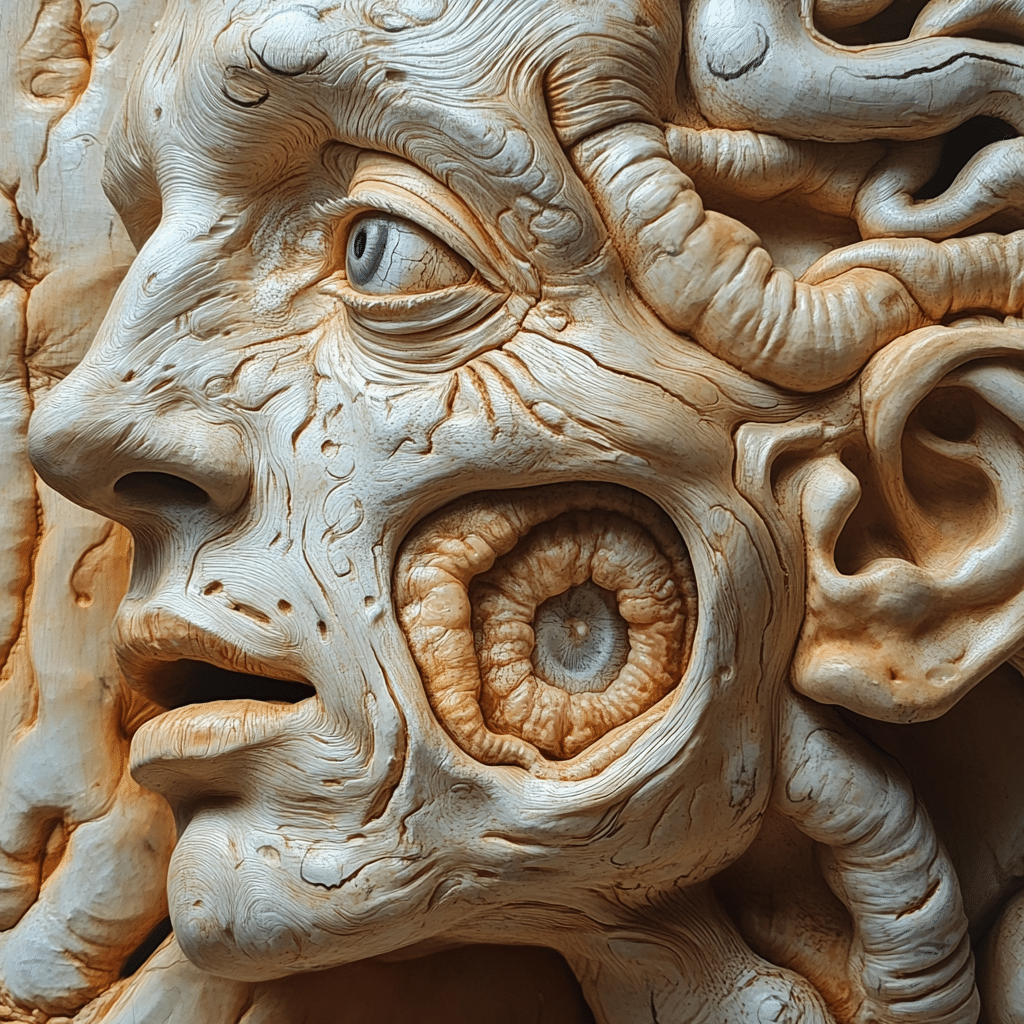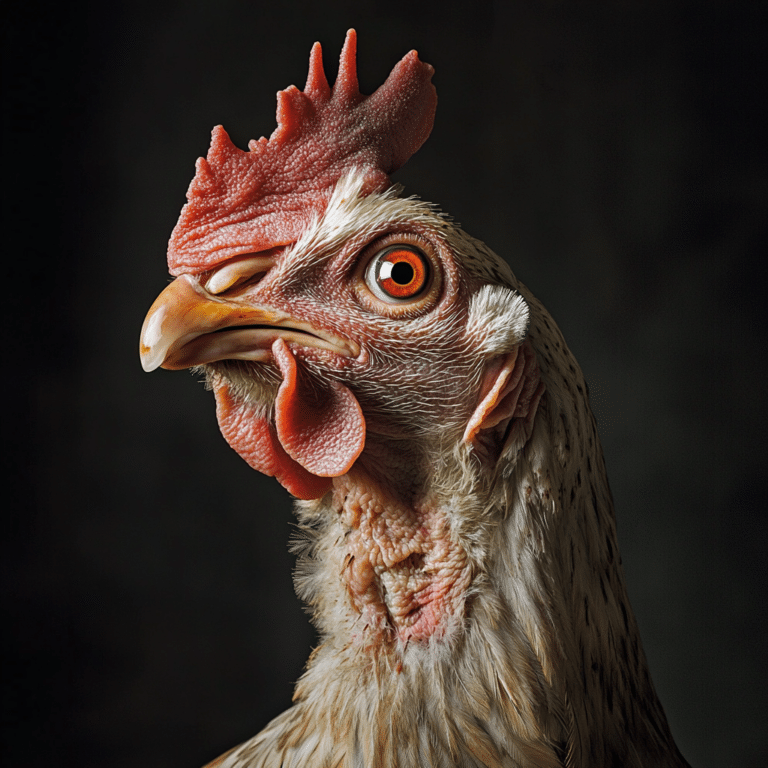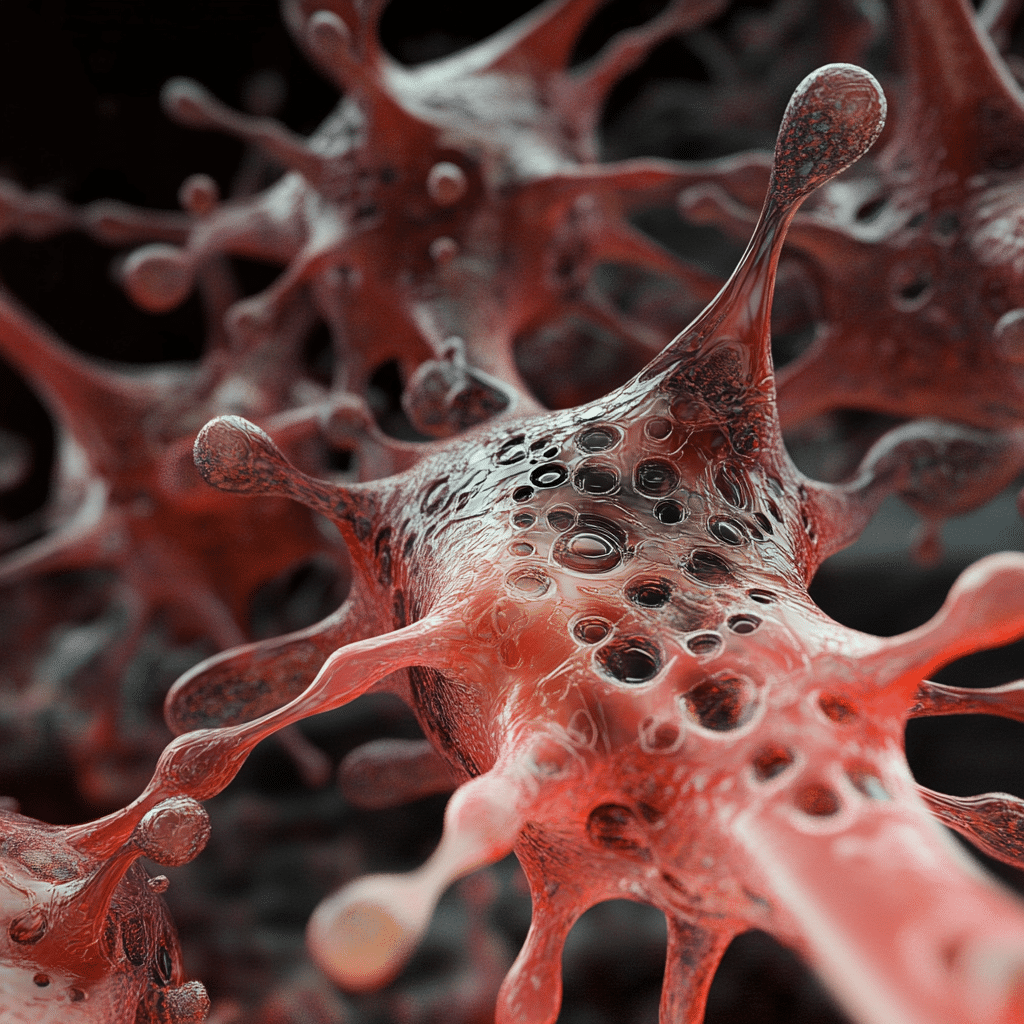When it comes to your brain, one essential structure deserves the spotlight: the corpus callosum. This dense cluster of neural fibers forms a critical communication link between the two hemispheres of your brain. Think of it as the ultimate highway for brain signals, allowing swift and efficient information sharing between the left and right sides. This connection not only influences how we think and move but also plays a significant role in emotions, decision-making, and daily functionality. Understanding the corpus callosum function is key to achieving a well-rounded mental state that supports our fitness goals.
With each passing year, we learn more about how important balanced brain function is for reaching physical goals. Imagine trying to hit that perfect squat while battling distractions or having trouble coordinating your movements during a workout. That’s the kind of imbalance that the corpus callosum helps to mitigate. So, let’s dig deeper into its functions and discover how enhancing our brain’s harmony can boost our physical performance.
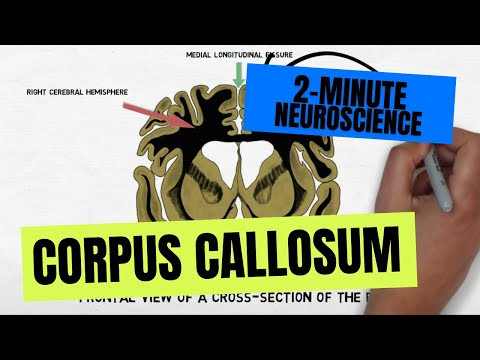
Understanding Corpus Callosum Function: Connecting the Hemispheres
The corpus callosum function extends beyond just being a bridge; it plays a significant role in integrating diverse cognitive processes vital for daily activities. The left hemisphere is known for its analytical prowess and verbal skills, while the right hemisphere shines in creativity and intuition. Yet, it’s the corpus callosum that enables these two sides to work together harmoniously. This balanced interplay is essential for everything from decision-making to problem-solving.
For athletes, diverse cognitive functions powered by the corpus callosum can single-handedly improve performance. Imagine trying to negotiate a tiring marathon or push through a last-minute workout. That’s where the seamless communication between brain hemispheres shines, fueling your body with the smart solutions it needs to keep going. In today’s fast-paced world, nurturing this balance might be the edge you need to push your limits.
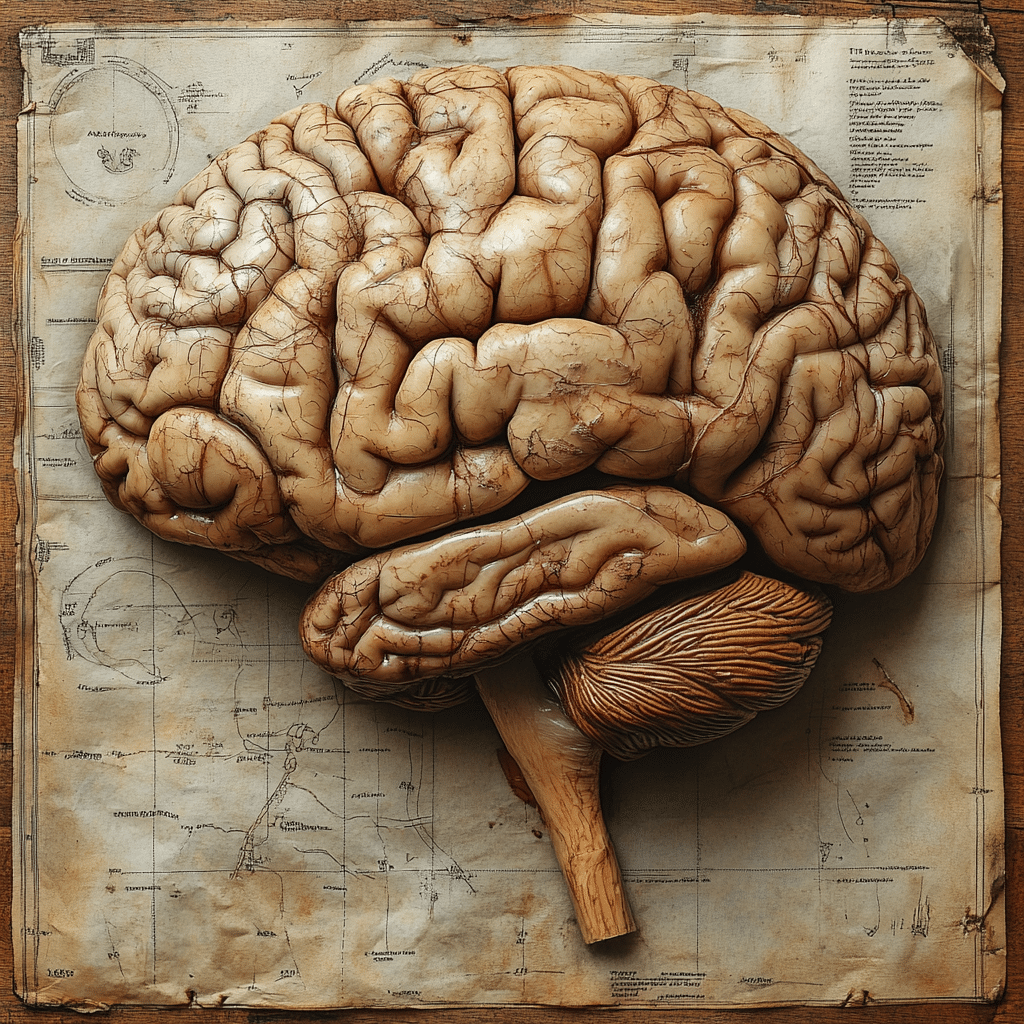
Top 5 Functions of the Corpus Callosum and Their Impact on Daily Life
1. Integration of Sensory Information
The ability to gather and integrate sensory information is pivotal for maintaining coordination and balance. When you catch a ball, visual signals from your right eye need to be processed by the left hemisphere, which controls movement. The corpus callosum acts like a relay runner, swiftly passing information between the team, ensuring a smooth catch.
Without this communication, everyday tasks become tricky. If the corpus callosum falters due to injury or other issues, you may struggle to process sensory data. Activities like driving, where split-second decisions count, can become especially difficult, leading to dangerous situations.
2. Coordination of Motor Functions
Playing the piano is a beautiful example of what the corpus callosum can do. Think of a talented musician like Lang Lang. His dexterous fingers dance over the keys, needing instant communication across both brain hemispheres to create magic. This seamless coordination indicates just how crucial the corpus callosum is to execute learned motor tasks efficiently.
When the function is impaired, it can lead to apraxia—a condition where you might know how to perform a task but find your body refuses to cooperate. Talk about frustrating! This goes to show how essential strong corpus callosum function is for fluid movement, both on stage and in life.
3. Cognitive Processing and Verbal Skills
Ever feel your brain is firing on all cylinders during a conversation? That’s the corpus callosum in action! Research shows individuals with a healthy corpus callosum respond quicker and communicate more effectively. The ability to articulate thoughts effortlessly comes from this vital link facilitating smooth information transfer.
Conversely, people facing issues like agenesis of the corpus callosum may grapple with speech and comprehension. The takeaway? A well-functioning corpus callosum enhances not just how you think, but how you express those thoughts to the world.
4. Emotional Regulation
Your emotional state affects everything, from how you approach your workouts to how you handle stress. The corpus callosum aids emotional regulation by connecting the right hemisphere, which processes emotions, with the left hemisphere, known for logic. This balanced emotional response lets you handle life’s ups and downs with grace.
Take Brené Brown, for example. She emphasizes emotional awareness, expressing how robust interhemispheric communication can enhance your ability to empathize and connect with your emotions deeply. So don’t underestimate the power of a healthy corpus callosum—it fuels emotional intelligence as much as it does physical prowess.
5. Spatial Awareness and Judgment
Spatial awareness is crucial for athletes navigating their environments. Just look at Serena Williams on the tennis court; her understanding of spatial relationships is critical for her success. The corpus callosum enables this spatial judgment, allowing her to anticipate her opponents’ moves with lightning speed.
If the corpus callosum isn’t functioning well, athletes can struggle to gauge distances and positions, making it challenging to perform even the simplest tasks. Understanding this connection can empower anyone, not just athletes, to harness better spatial judgment and improve overall physical dexterity.
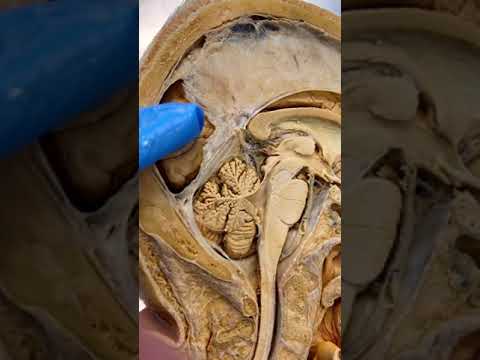
The Lingual Frenulum: A Unique Connection to Brain Function
While we’re focused on the corpus callosum, we can’t overlook the lingual frenulum. This thin band of tissue located under your tongue might seem unrelated, but it’s a reminder of how interconnected body structures affect brain function. The lingual frenulum influences both speech and swallowing, movements that require refined coordination and brain communication.
Disorders like ankyloglossia, known as tongue-tie, can disrupt these essential processes. This connection underscores the broader theme of how peripheral structures in the body impact central functions in the brain. Pay attention to every detail; they all contribute to your overall well-being.
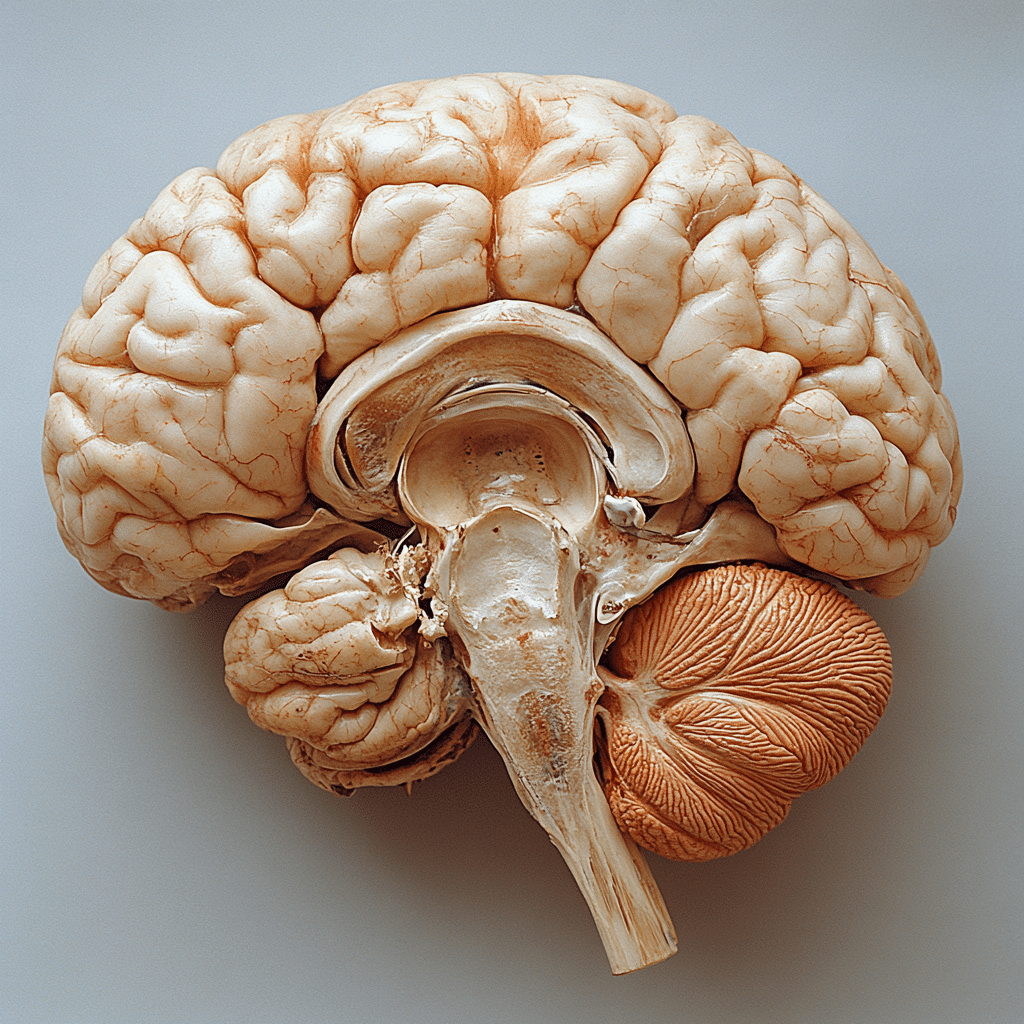
Fostering Corpus Callosum Health: Strategies for Optimal Brain Harmony
Giving your corpus callosum the care it deserves can positively influence brain health. Engaging in activities that require cross-body coordination, like dancing or cross-lateral exercises, serves to stimulate this crucial brain structure. Think about how fun it is to bust a move or juggle some weights—it’s good for your body and your brain!
Mindfulness techniques, such as yoga and meditation, work wonders for enhancing neuroplasticity. These practices create a nurturing environment for your brain, promoting effective interhemispheric communication. You could be building muscle and mental power simultaneously—now that’s a win-win!

Reflecting on the Vital Role of the Corpus Callosum
The corpus callosum function embodies the intricacies of brain harmony, connecting emotions, cognition, and motor skills for smooth daily performance. By working to enhance our understanding and care for this vital structure, we embrace a more balanced approach to both mental and physical fitness. Just as you would push yourself to lift heavier weights, committing time to brain health can yield massive benefits.
As you navigate the challenges and triumphs of life, remember that a well-functioning corpus callosum translates into better balance, coordination, and emotional stability. So, let’s engage in brain-boosting activities and nurture this connection, ultimately enriching our experiences in fitness and life. Whether you’re hitting the gym or discovering new hobbies, a harmoniously connected brain will propel you towards various goals, from aesthetics to overall wellness. Here’s to getting shredded and embracing the full power of your mind and body!
The Corpus Callosum Function: Brain’s Super Connector
A Quick Insight into the Corpus Callosum
The corpus callosum is one of the brain’s most extraordinary features. This thick bundle of nerve fibers acts as a bridge between the left and right hemispheres, allowing them to communicate and collaborate seamlessly. Think of it like the ultimate connector in our brain’s network—kinda like how a singer sewing machine( stitches fabrics together. When this vital connection falters, it can lead to issues in coordination and cognitive challenges, similar to a poorly sewn garment that just won’t hold together.
Fascinating Facts About Brain Communication
Did you know that the corpus callosum, roughly the size of your palm, contains about 200 million axonal fibers? That’s a hefty number! To put that into perspective, if you ever wondered How many Milliliters in a gallon,(,) just think about how much information these fibers juggle every second. This communication enables us to process visual and motor tasks. So, whether you’re savoring delicious Gooseberries() or dancing to your favorite tune, your brain is hard at work, balancing tasks like a pro juggler!
The Corpus Callosum in Popular Culture
The importance of the corpus callosum goes beyond anatomy; it’s found its way into pop culture, too. Characters like Robin Buckley() from “Stranger Things” embody that unique balance between logic and creativity, much like the left and right brain functions interplaying thanks to the corpus callosum. Moreover, in shows like Happy Valley season 3,(,) you can observe how characters exhibit problem-solving skills by synthesizing information—a perfect showcases of our brain’s harmony.
So the next time you’re diving into a puzzle or making a tough decision, remember the unsung hero behind your thought processes. This brings us back to the fact that just as spironolactone 25 mg() can help stabilize your body, the corpus callosum function keeps your brain in sync! And don’t forget—whether you’re trying to grasp 105 kg To Lbs() conversions or figuring out who was in the cast For Taxi,( it’s all thanks to this remarkable structure making connections behind the scenes.
